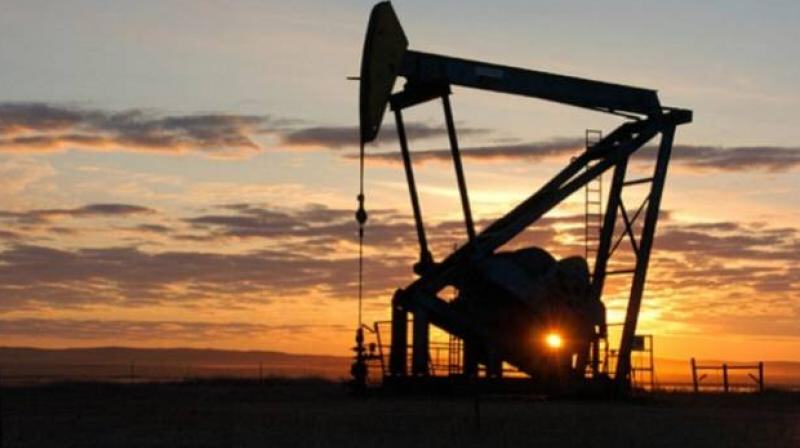Oil regulator simplifies gas pipeline tariff

New Delhi: Oil regulator PNGRB has simplified the country's gas pipeline tariff structure to make the fuel more affordable for distant users and to attract investment for building gas infrastructure.
The Petroleum and Natural Gas Regulatory Board (PNGRB) has notified regulations for a 'unified' tariff structure for over a dozen pipelines that form the
National Gas Grid which will lead to a 20-30 per cent rise in transportation charges paid by users near the source but a reduction for consumers in the hinterland.
"Unified tariff shall be determined by the Board in respect of the national gas grid system for each financial year before the start of such financial year," it said.
Currently, the tariff is levied in proportion to the distance transported - the longer the distance, the higher is the charge. This resulted in consumers away from the coast paying higher charges as compared to those near it.
PNGRB has now notified a two-zone tariff structure - Zone-1 will be 300-km from the source of gas (gas field or LNG import terminal) and Zone-II will be beyond that.
PNGRB said the tariff for the first tariff zone will be 40 per cent of the tariff for the second zone.
This, industry sources said, will lead to an immediate increase in tariff for user industries such as power plants and fertilizer units in Gujarat, which is the landfall for ONGC's offshore gas field as well as houses three gas import terminals.
Consumers further away from the source, say in Uttar Pradesh or Bihar, will benefit as they will now pay a lesser tariff.
"The tariff for zone-1 of Hazira-Vijaipur-Jagdishpur pipeline (India's main truck line from Gujarat to Uttar Pradesh via Madhya Pradesh) will rise from Rs 20 per million British thermal unit to Rs 26 per mmBtu," a source said.
The increase will vary from pipeline to pipeline. "On average, the tariff for zone-1 customers will go up by 20-30 per cent," the source said.



